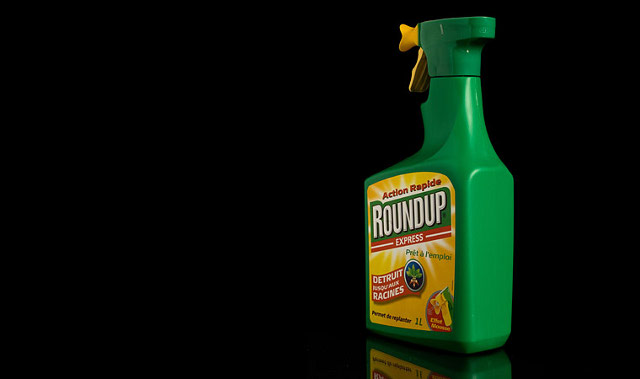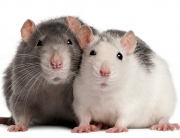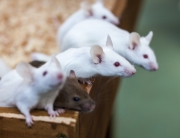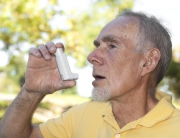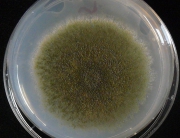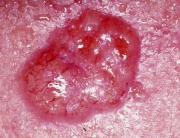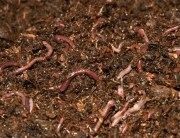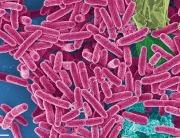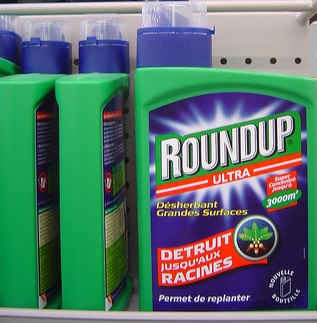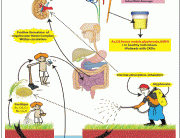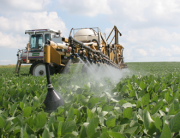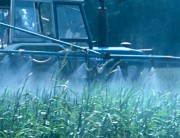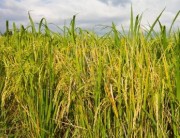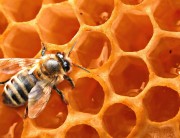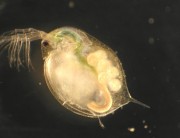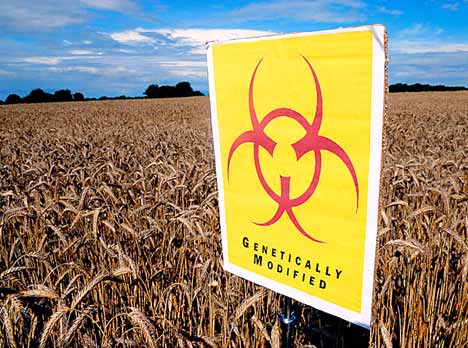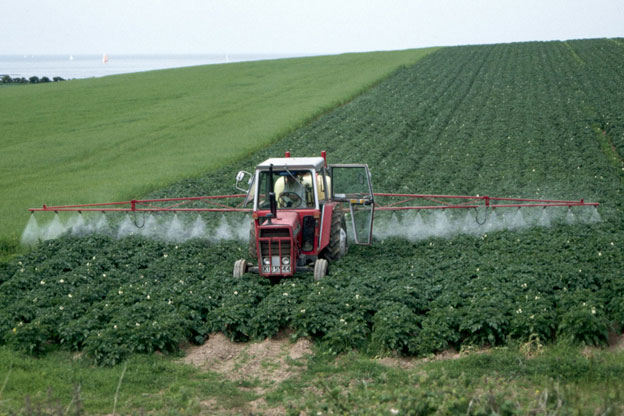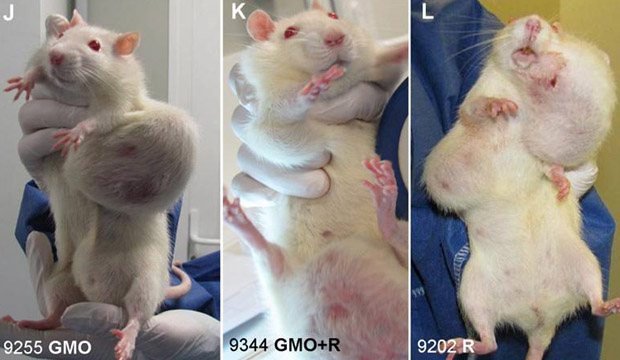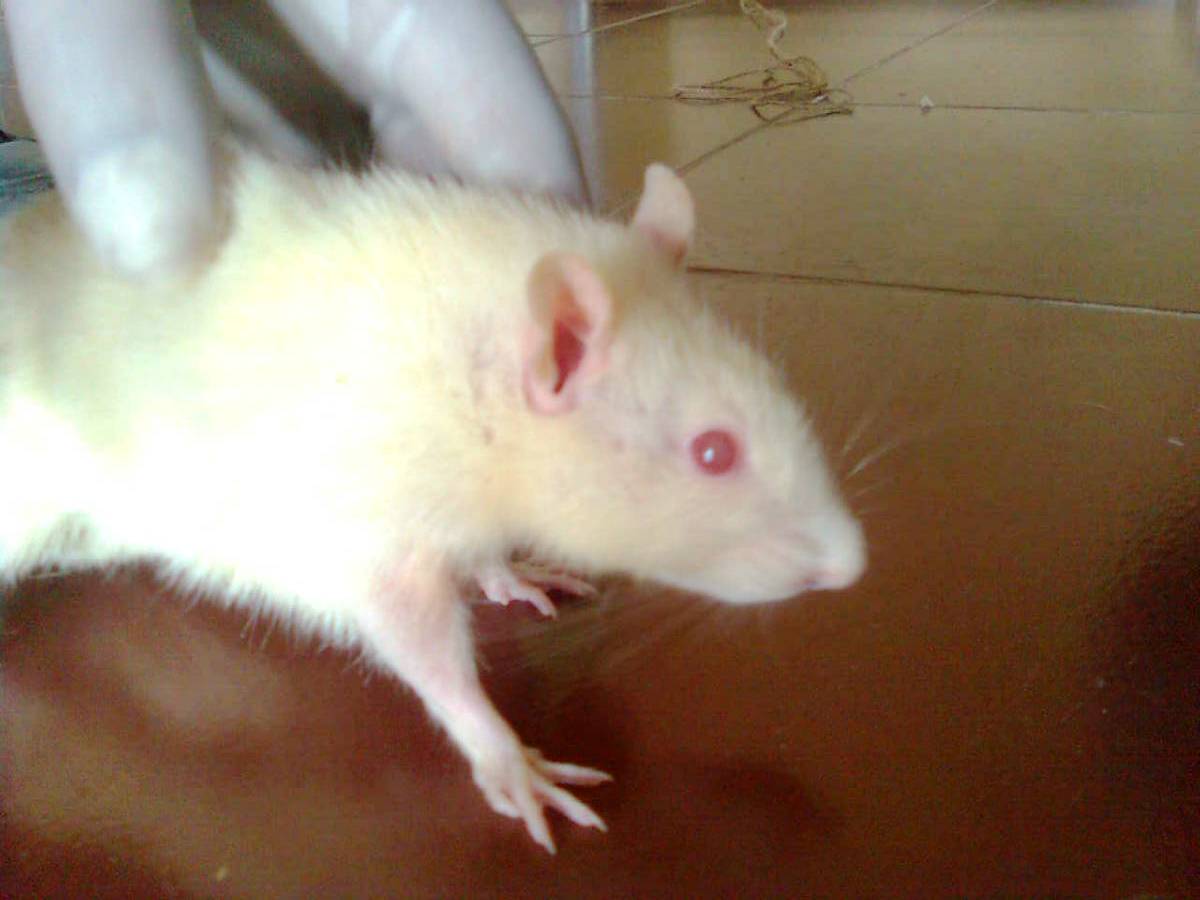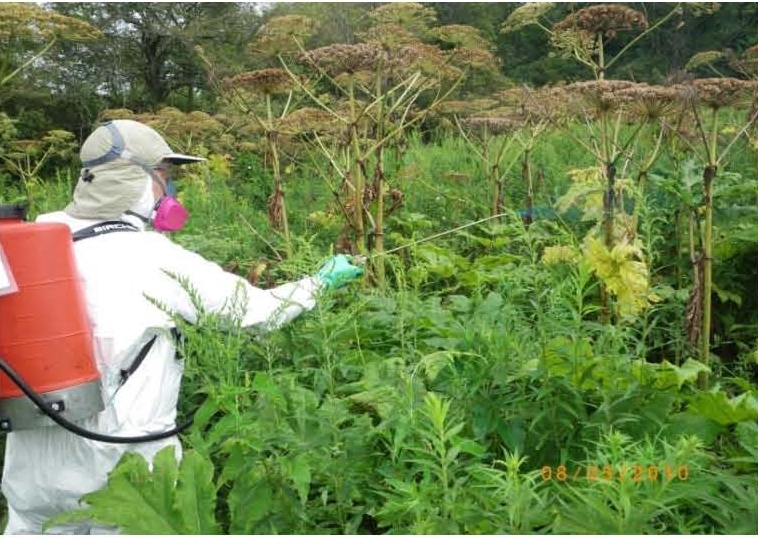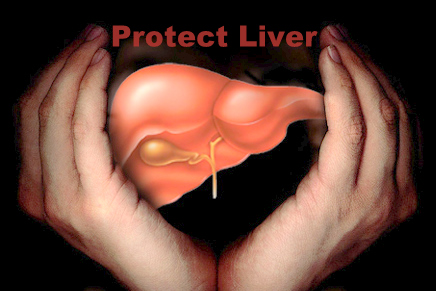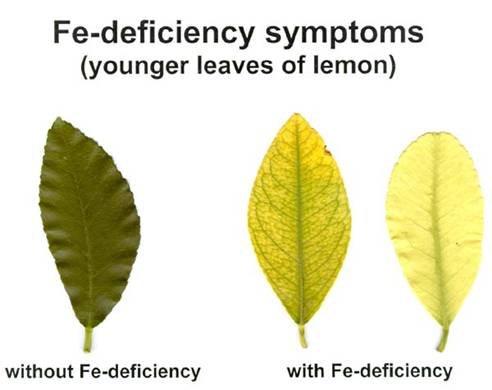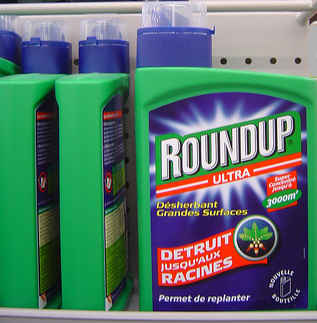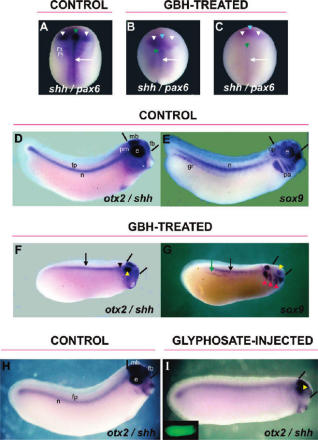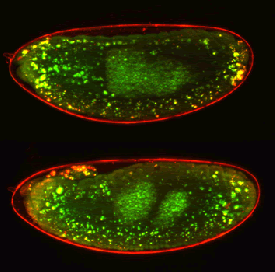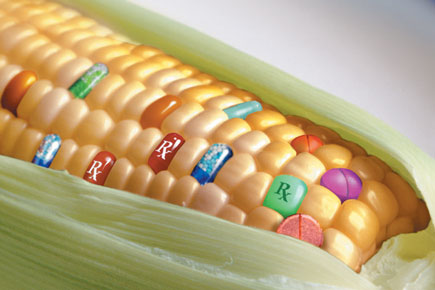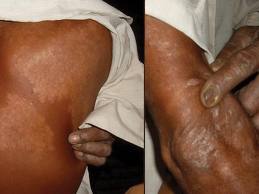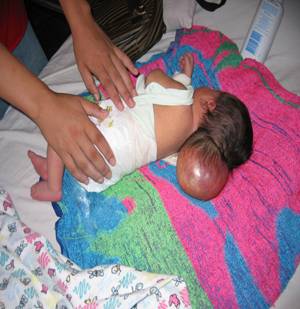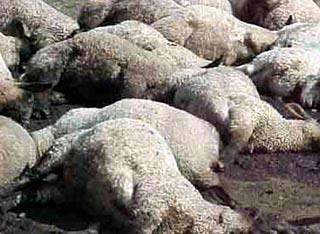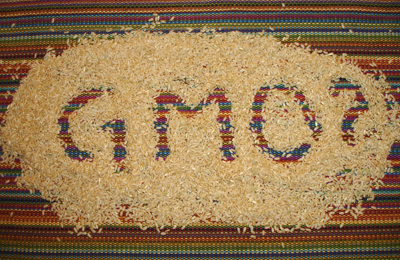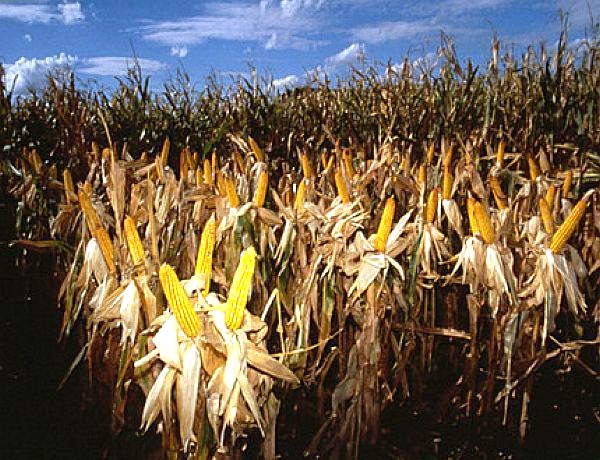Researchers from China have discovered that there is a likely link between Coronary Artery Disease (CAD) and exposure to glyphosate herbicides at work.
The association between coronary artery disease and glyphosate exposure found in pesticide factory workers
Authors:
Liping Pan, Ming Xu, Dandan Yang, Boshen Wang, Qiuni Zhao, En-Min Ding, Baoli Zhu
Full Study: http://jphe.amegroups.com/article/view/3665/4415
Abstract:
Background: Glyphosate is a widely used herbicide in the world. Coronary artery disease (CAD) has been recognized as widespread causes of death and disability. In our study, we aimed to investigate the difference in results of health examination among people whether exposed to glyphosate or not.
Methods: We recruited workers from glyphosate production line as the exposed group and workers without doing pesticide production as the non-exposed group. All the participants have taken health examination as well as finished personal health questionnaires. A total of 42 patients with CAD were found among the return patients. Individual and fix-point samplings were performed to monitor the level of glyphosate in workplace air around the production line. Glyphosate and AMPA in the plasma were measured by gas chromatography combined with GC/MS method. The association between measured variables and the incidence of CAD was evaluated in unconditional logistic regression models.
Results: The highest levels of permissible concentration-time weighted average (PC-TWA) (0.01–94.59 mg/m3) and permissible concentration-short term exposure limit (PC-STEL) (0.01–20 mg/m3) were separately presented in the jobs like packing and drying. The average concentration of glyphosate and its metabolin aminomethylphonic acid (AMPA) 85481 in blood plasma was 9.13 and 4.20 ng/mL, respectively. Forty-two percent of glyphosate workers admitted wearing gauze mask or spectacles seldom worn when they worked. The incidence rates of hypertension, CAD, abnormal rate of ECG, total liver function index [including alanine aminotransferase (ALT), aspartate aminotransferase (AST), total protein (TP)] and summary of renal function index were found significantly higher in the exposed group than non-exposed group (P<0.05). According to the regression analysis, variables entered into the equation of logistic regression model were glyphosate exposure (P=0.032, OR =2.300, 95% CI =1.075–4.920), BMI (P=0.008, OR =1.135, 95% CI =1.034–1.245), hyperlipemia (P=0.049, OR =2.085, 95% CI =1.005–4.328) and alcohol user (P<0.001, OR =9.755, 95% CI =4.127–23.057). The regression model fitting test of glyphosate was also showed statistically significance (P<0.05).
Conclusions: Our results suggested that glyphosate might be a potential hazard factor to CAD.





